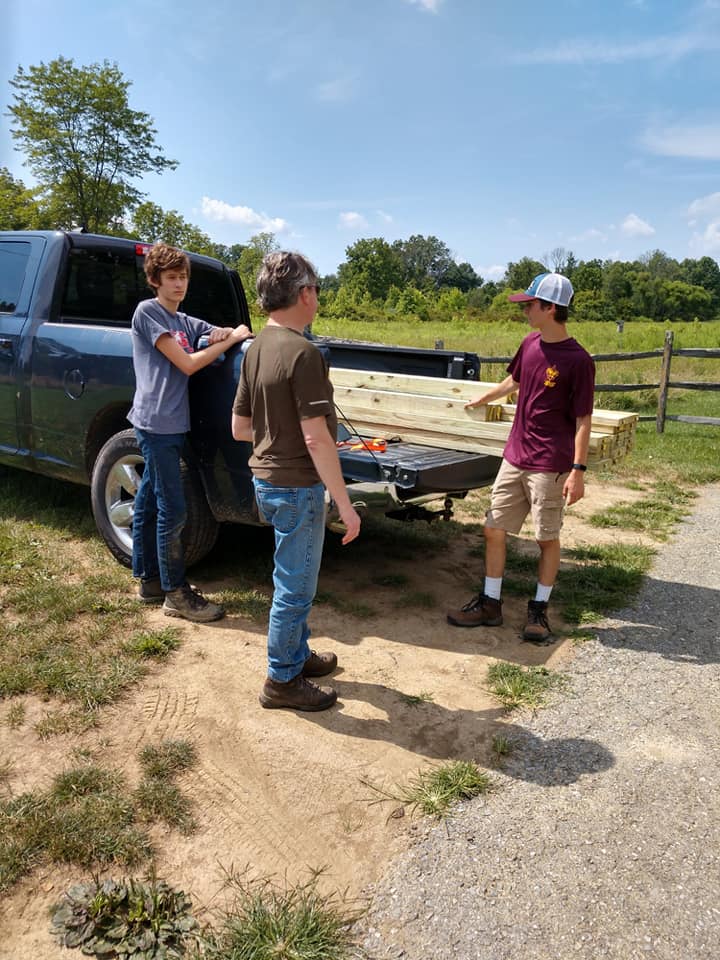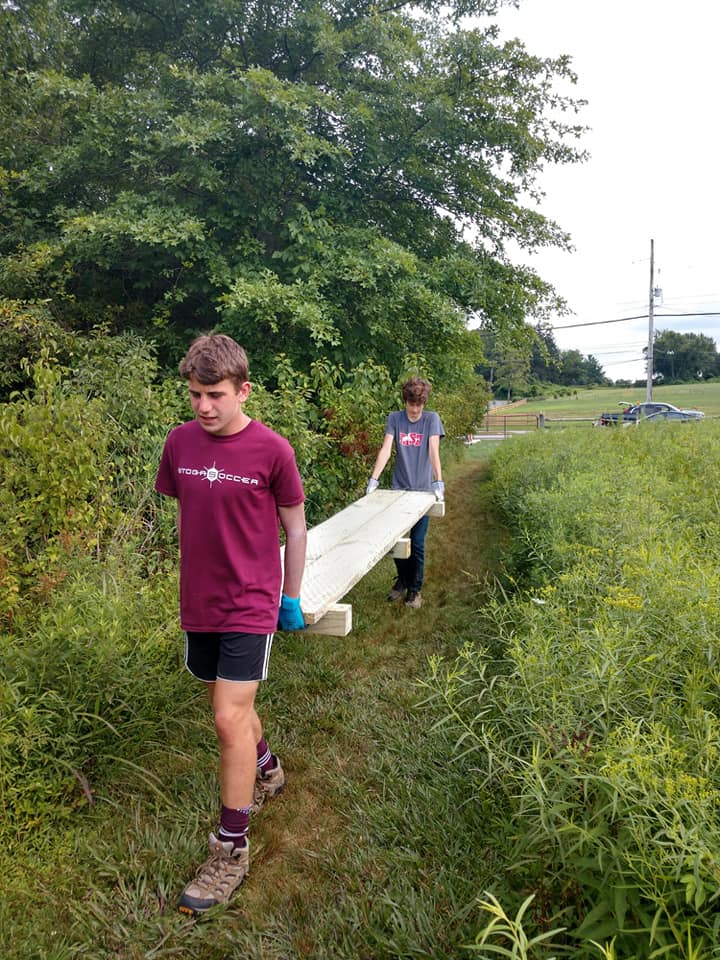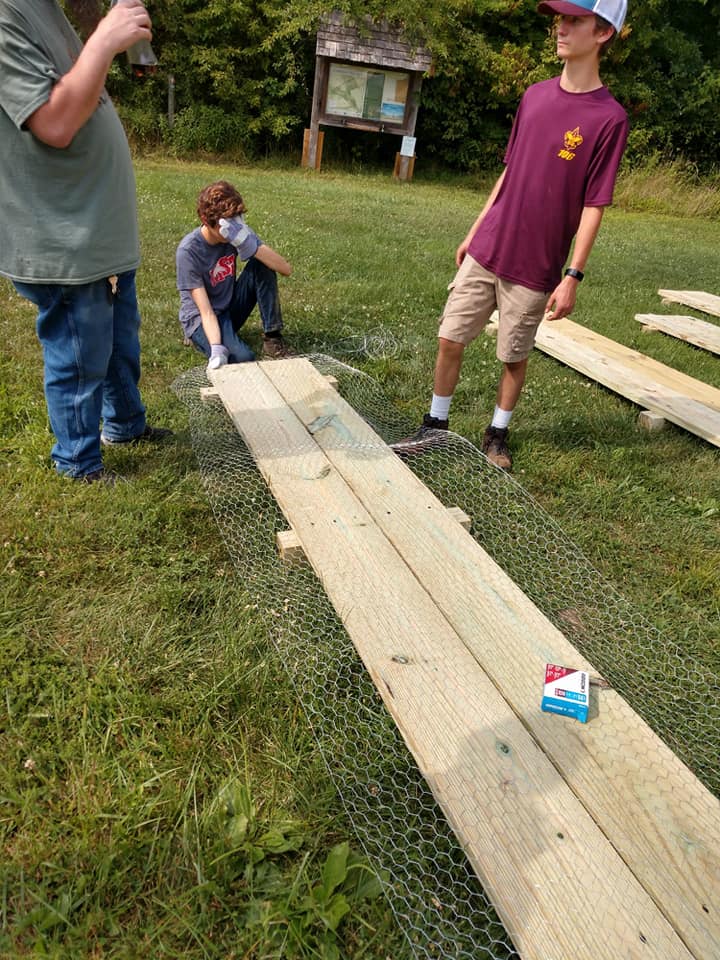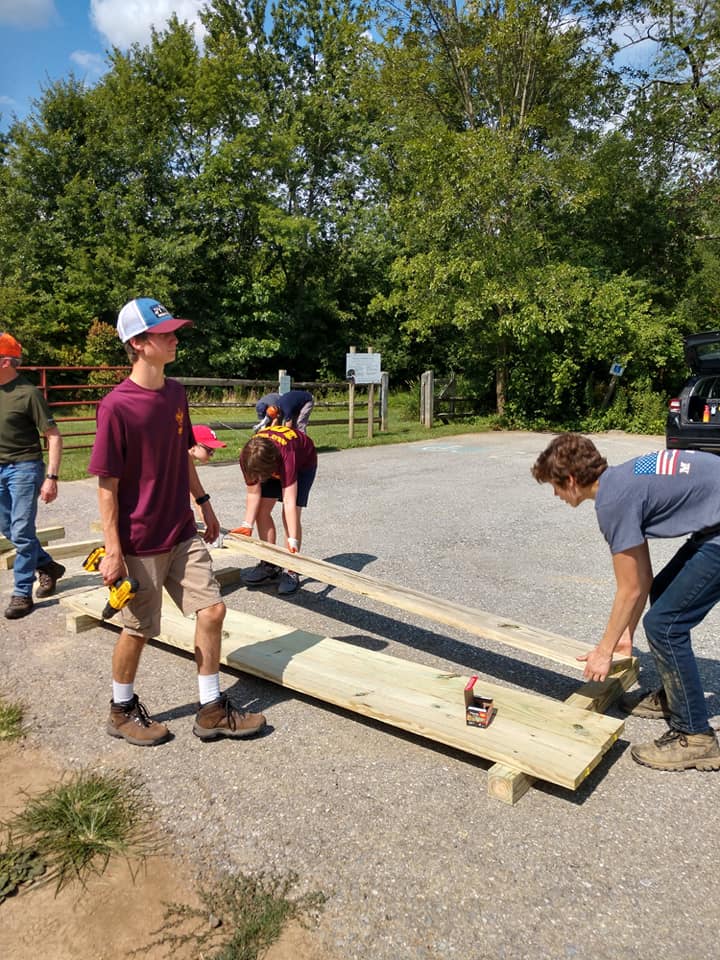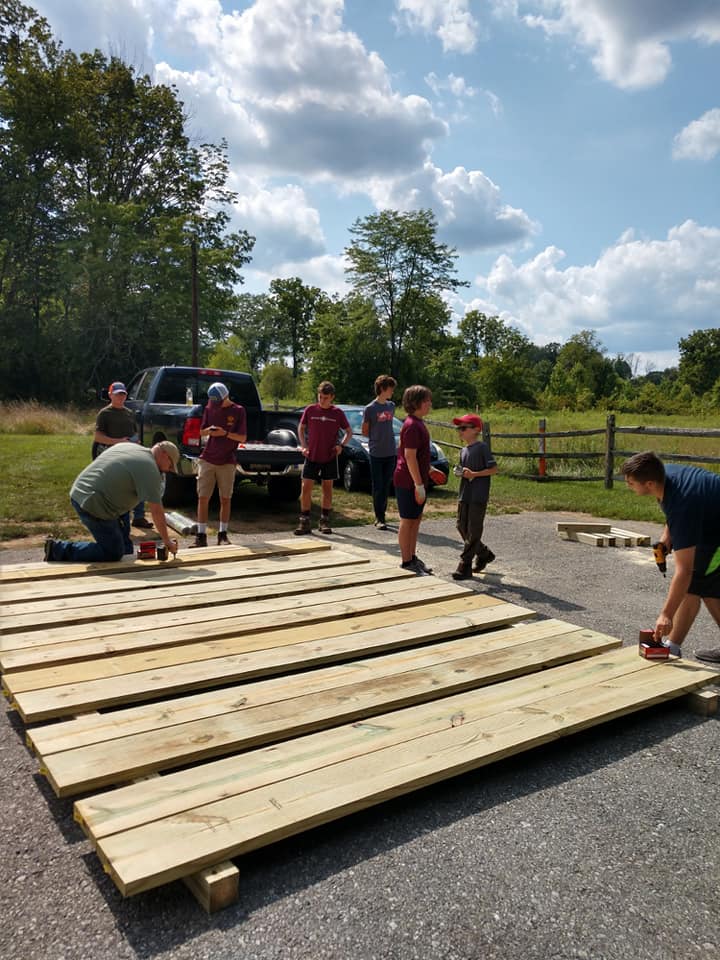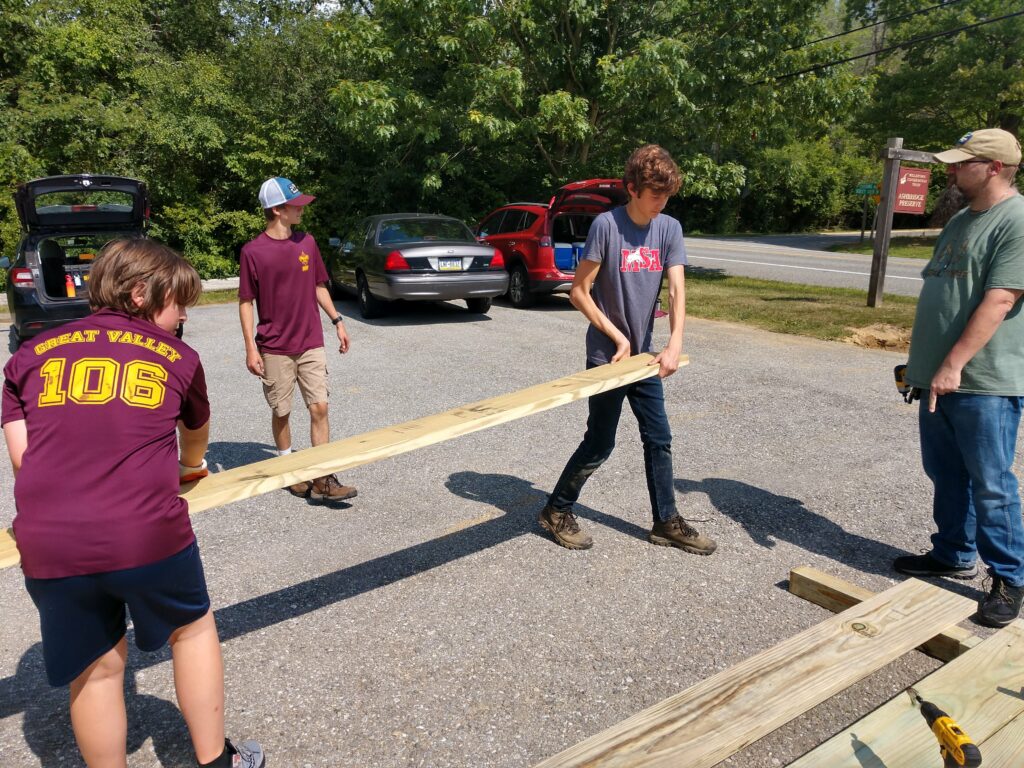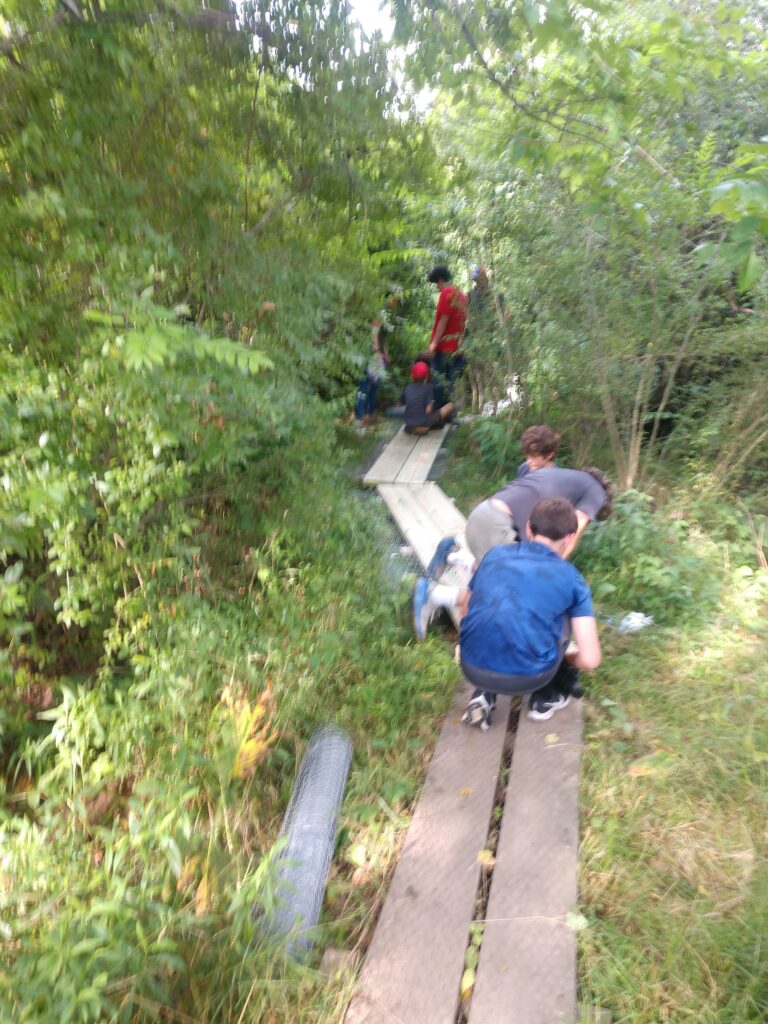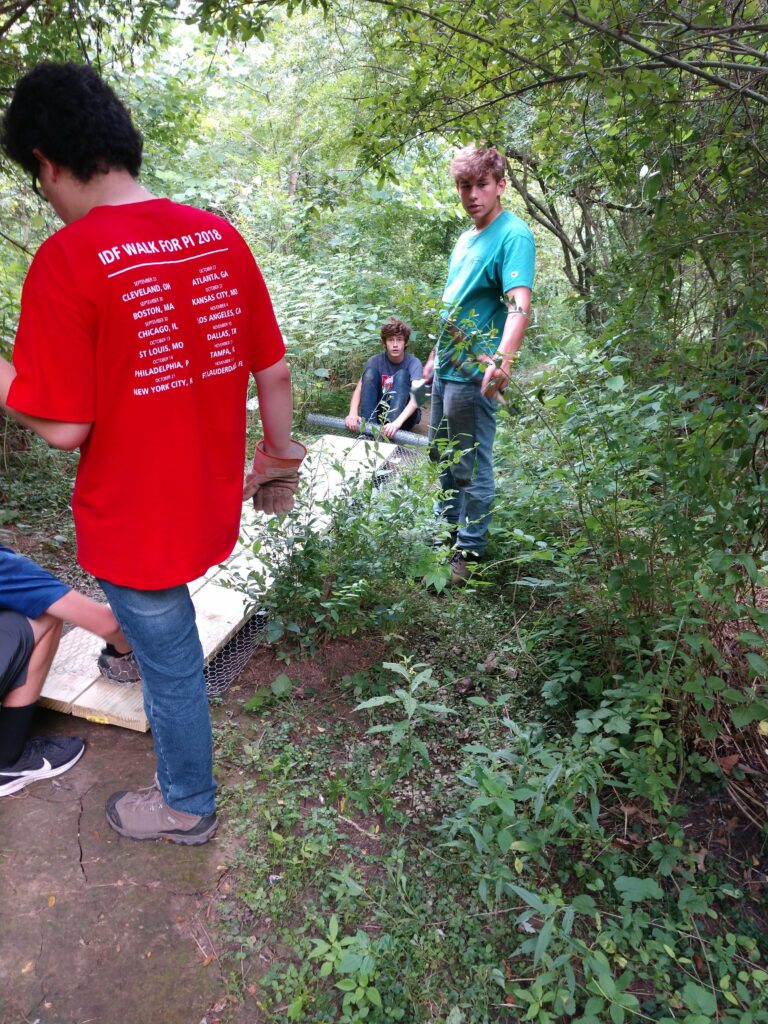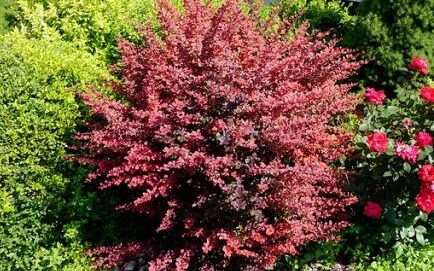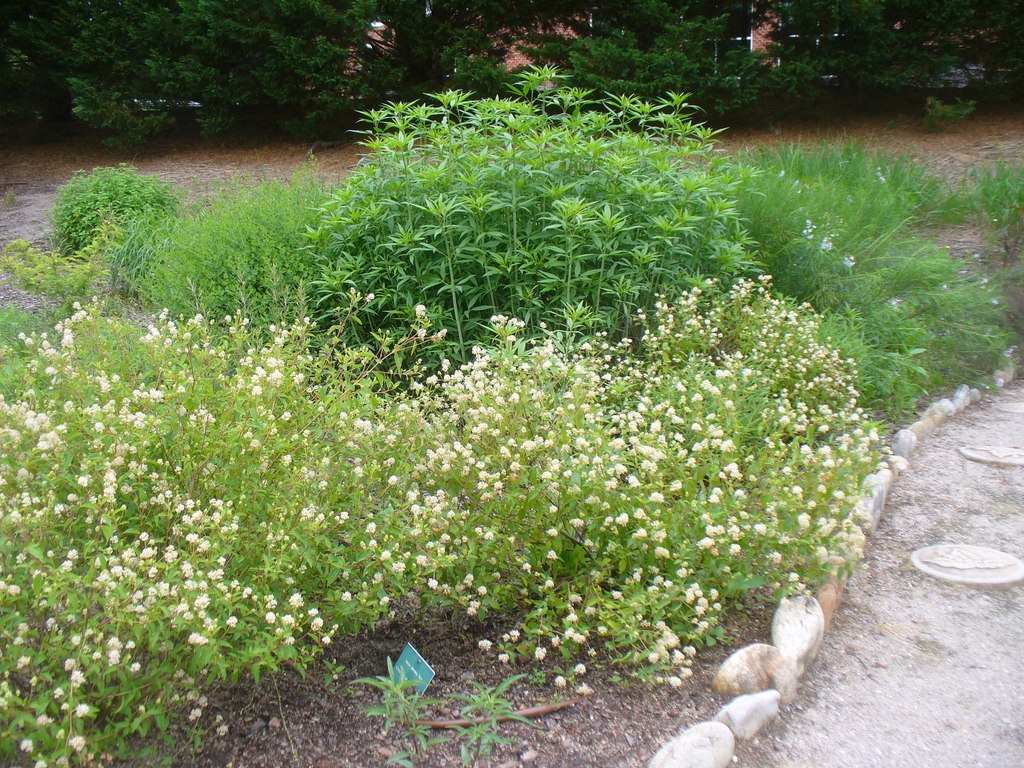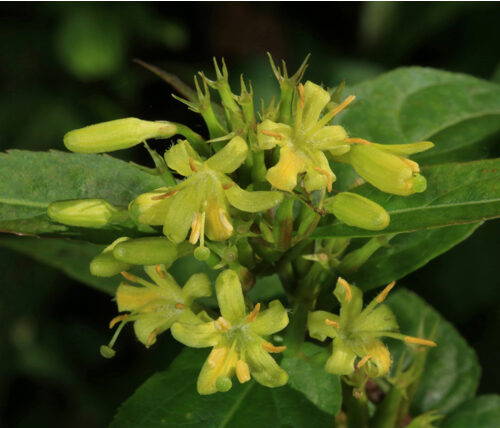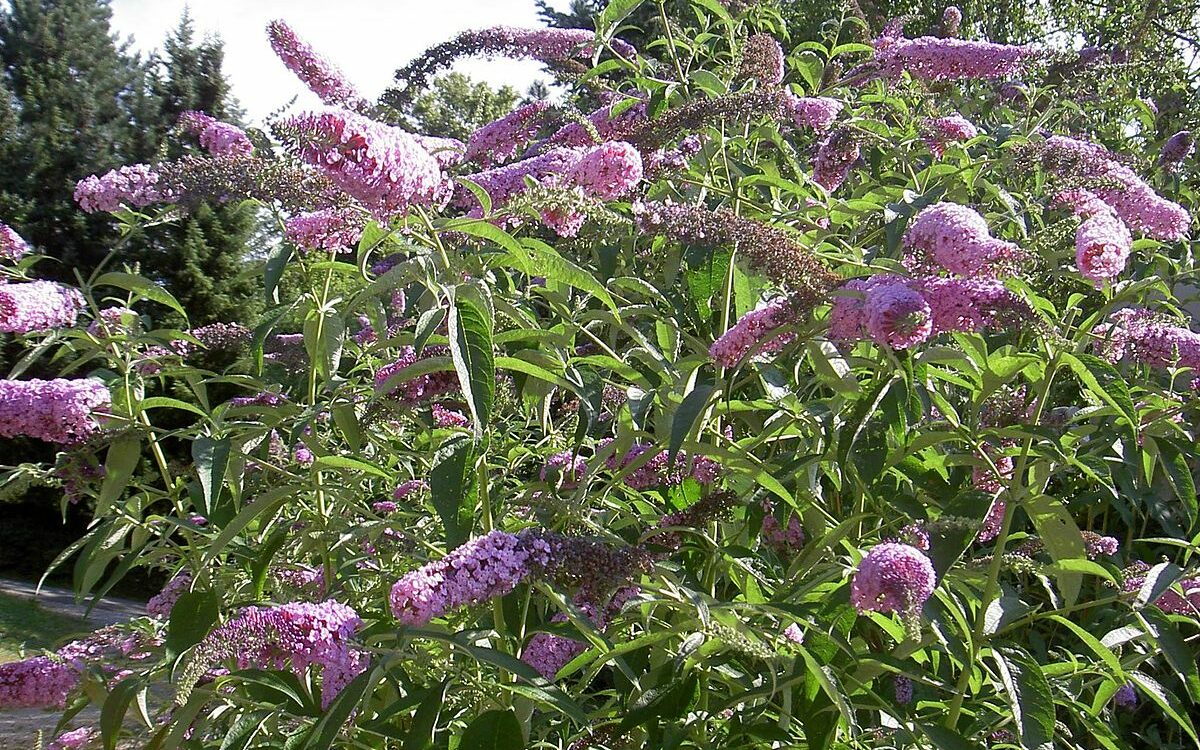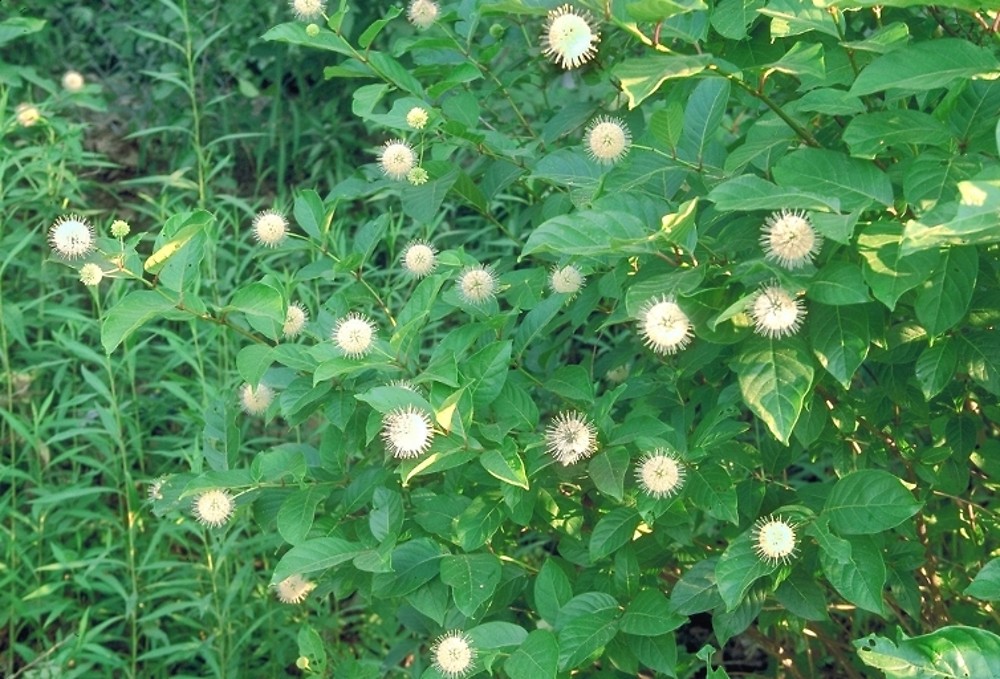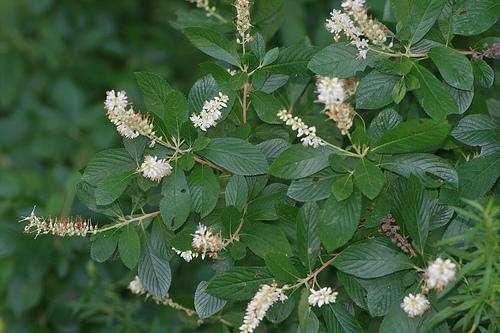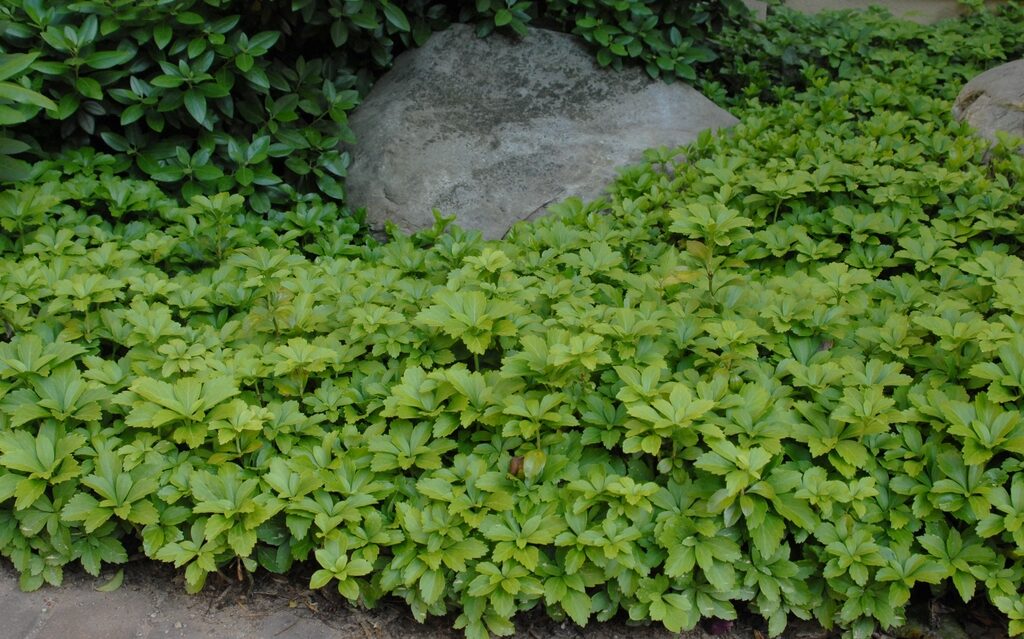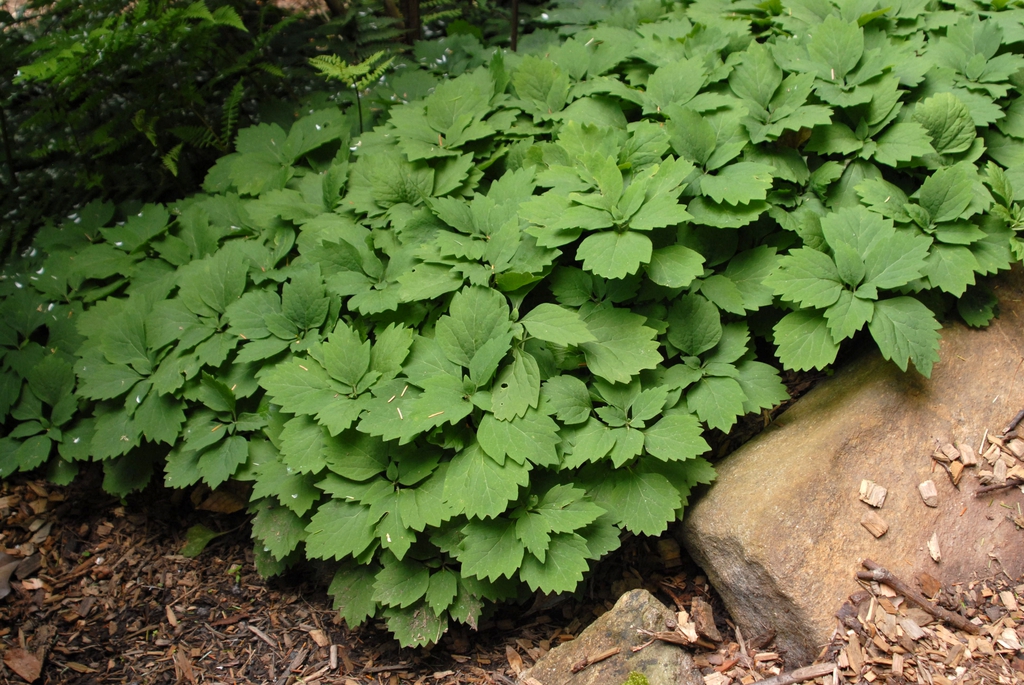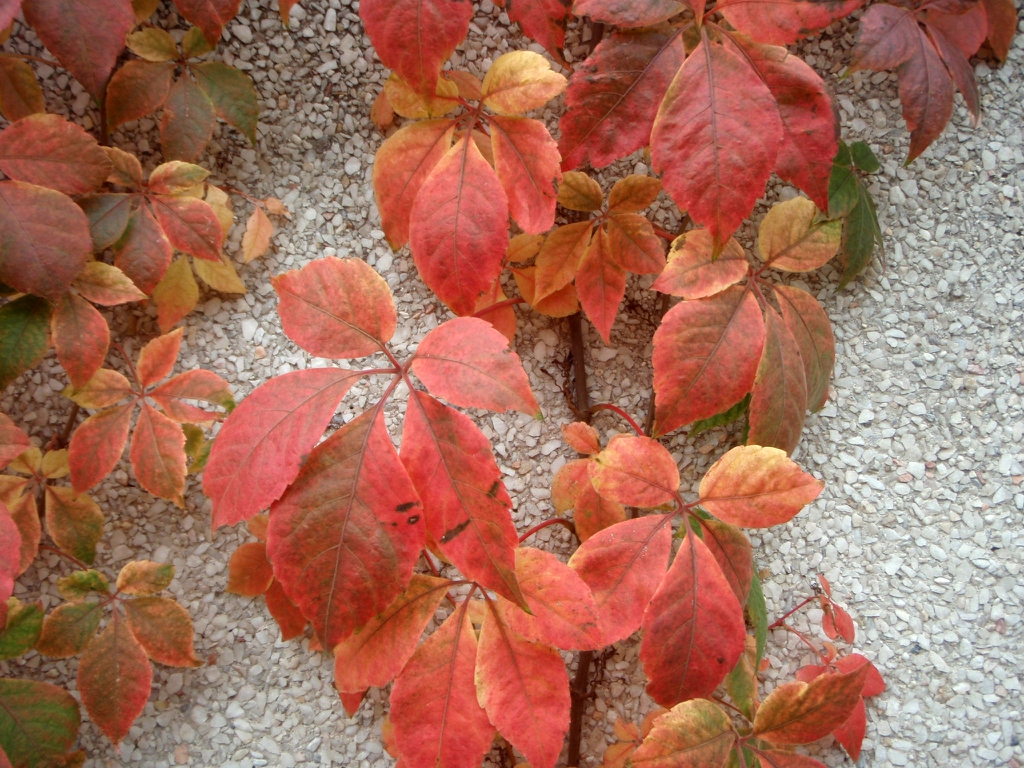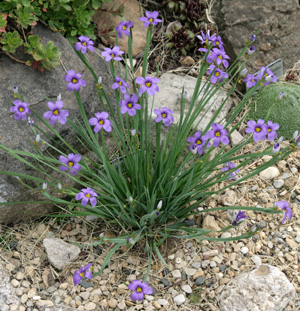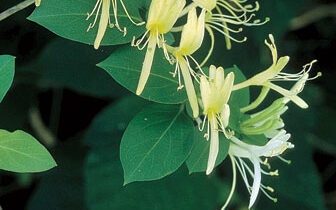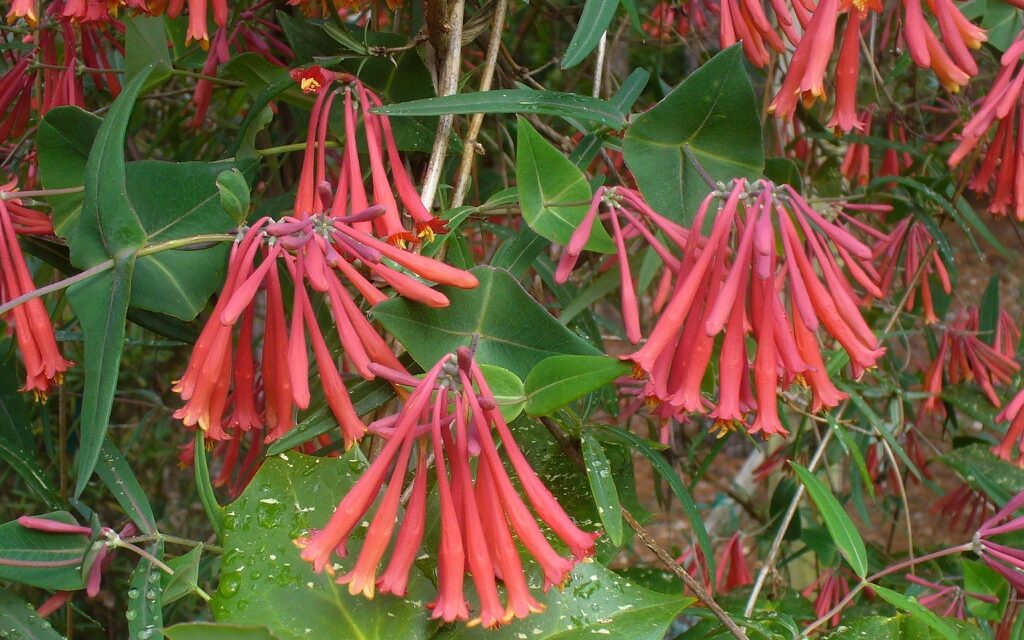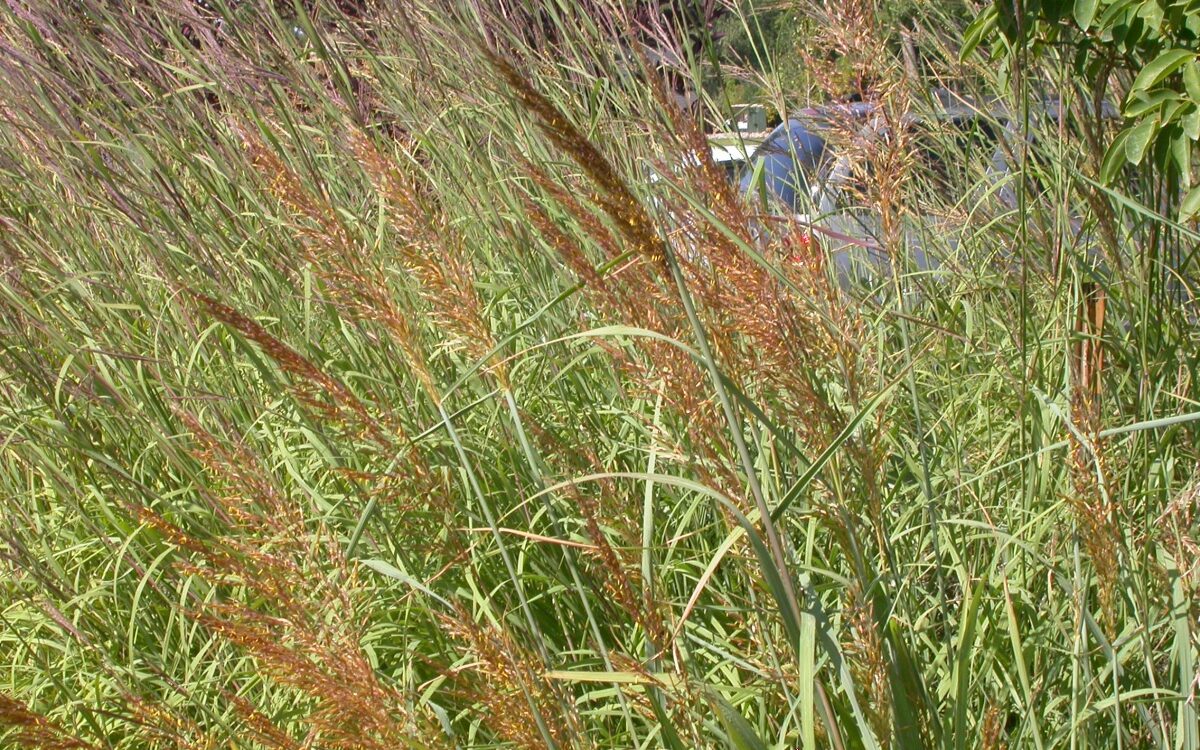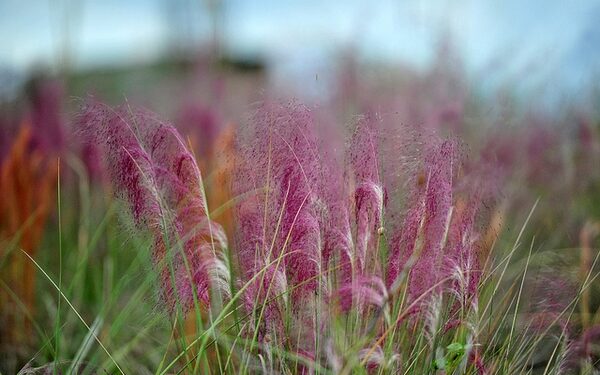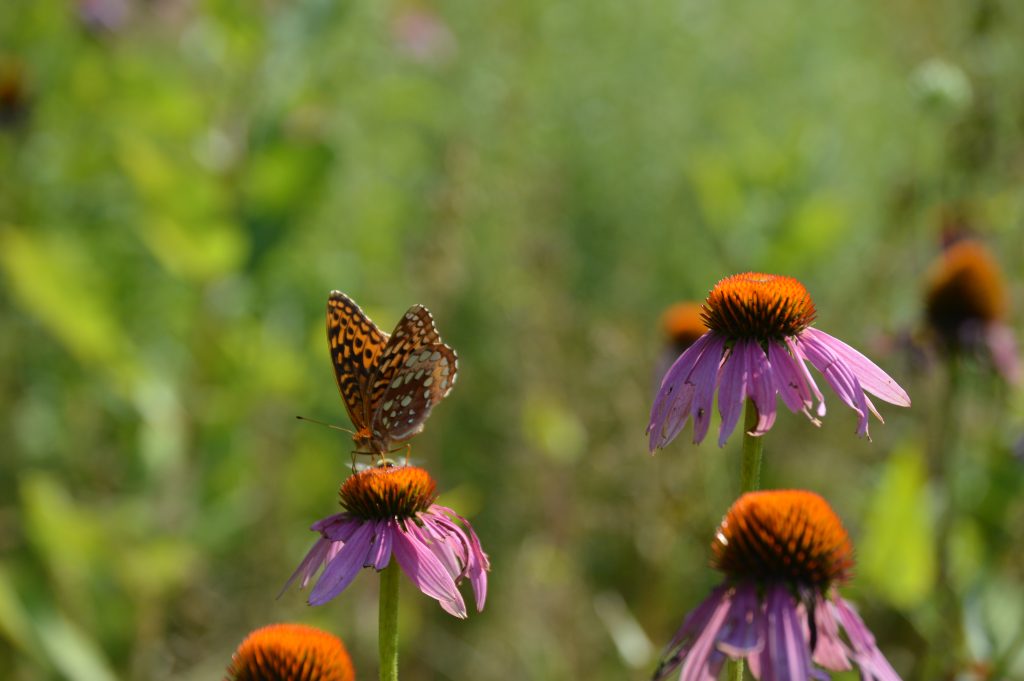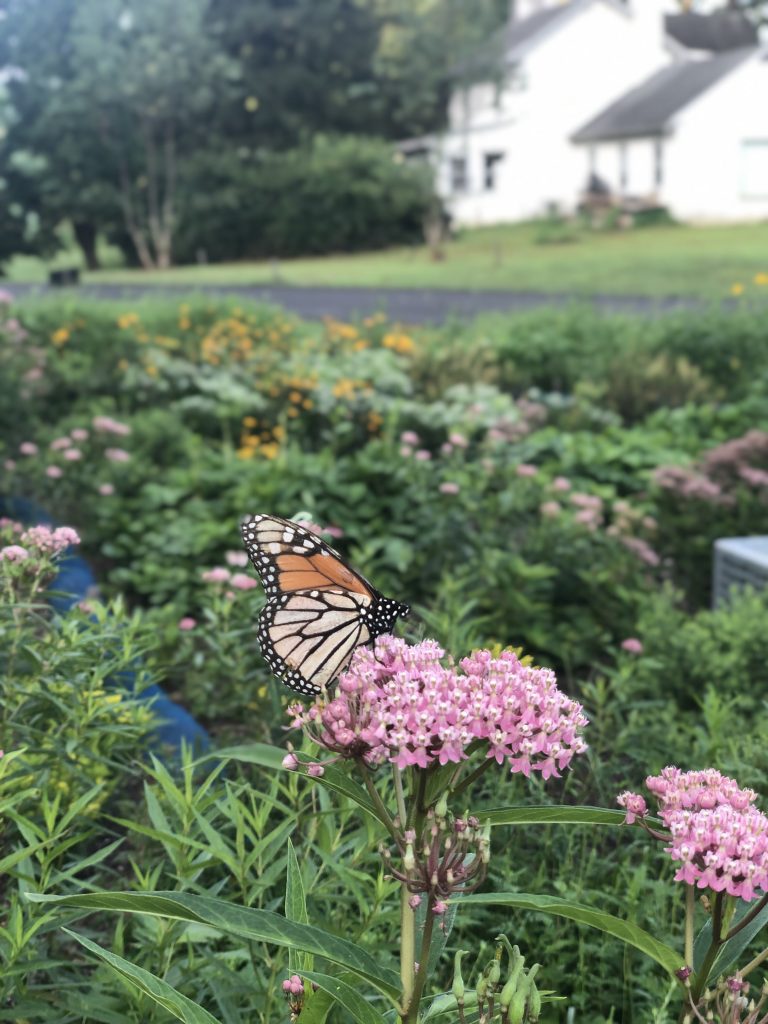By Director of Stewardship Andrew Kirkpatrick
Photos by Director of Land Protection Erik Hetzel
It has been over five years since I began working in the nonprofit sector, and during that time I have learned a universal truth about our work; volunteers are the backbone of our operations. People who choose to give their time to support our mission are critical to our success. Across all of our program areas, we could not achieve our mission without our volunteers.

When it comes to our Habitat Restoration Program, managing and maintaining our nature preserves in Willistown — Rushton, Kirkwood, and Ashbridge — would not be possible without the help of our volunteers. Keeping trails clear and invasive species in check is a full-time operation. Our preserve manager Mike Cranney has his hands full, but with the help of our incredible volunteers, he can accomplish a lot. Local Eagle Scout, Will Hetzel (son of our Director of Land Protection, Erik Hetzel) recently demonstrated this in August when he organized scouts from Troop 106 to install eight new bog bridges at Ashbridge Preserve.
We use bog bridges at our preserves to allow visitors to traverse wet and mucky areas without causing damage to the trail. The bog bridges, also called puncheons, are constructed with wood planks on top of footers and covered with chicken wire to reduce slippery conditions when it rains. The bog bridges are anchored to the ground using rebar stakes. For his project, Will raised over $1,000 in donations and goods to build the new bog bridges for the path adjacent to Ridley Creek.
On a hot and sunny Wednesday afternoon, Will gathered his team of scouts to build the bridges on site and install them along the trail. Will and the scouts were well organized, efficient, and professional. I felt inspired watching these fine young men work together in the preserve, getting their hands dirty and creating an amenity that will benefit the community. The scouts did a great job and completed the project from start to finish in three hours. Thanks to them, this trail, which is often wet and muddy, will now be more easily accessible to our visitors.
Having been a scout myself, I can say what an accomplishment it is for Will to reach the rank of Eagle Scout and complete his service project. Not many scouts stick it out and commit to this level of accomplishment. It is a reflection of Will’s perseverance, fortitude, and determination that will serve him well throughout his academic and future professional career. I think we can all draw inspiration from the example set by Will and the scouts from Troop 106. Taking the time to give back by volunteering is both personally fulfilling and incredibly impactful for organizations like ours.
If you are interested in joining our group of dedicated volunteers, you are welcome to join us at our Stewardship Volunteer Thursdays, held at our various Preserves from 9am to 4pm every Thursday through November. You can come for the whole session or as long as you’re able! Send an email to Preserve Manager Mike Cranney (mjc@wctrust.org) to sign up. If you’d like to complete a larger project, similar to Will’s bog bridges, please get in touch with Stewardship Director Andrew Kirkpatrick (ajk@wctrust.org).
By Andrew J. Kirkpatrick | he/him | Director of Stewardship | As part of the Trust’s Habitat Restoration Program, Andrew oversees the stewardship of our private conservation easement properties and our nature preserves, in addition to coordinating our Stewardship volunteers days.
